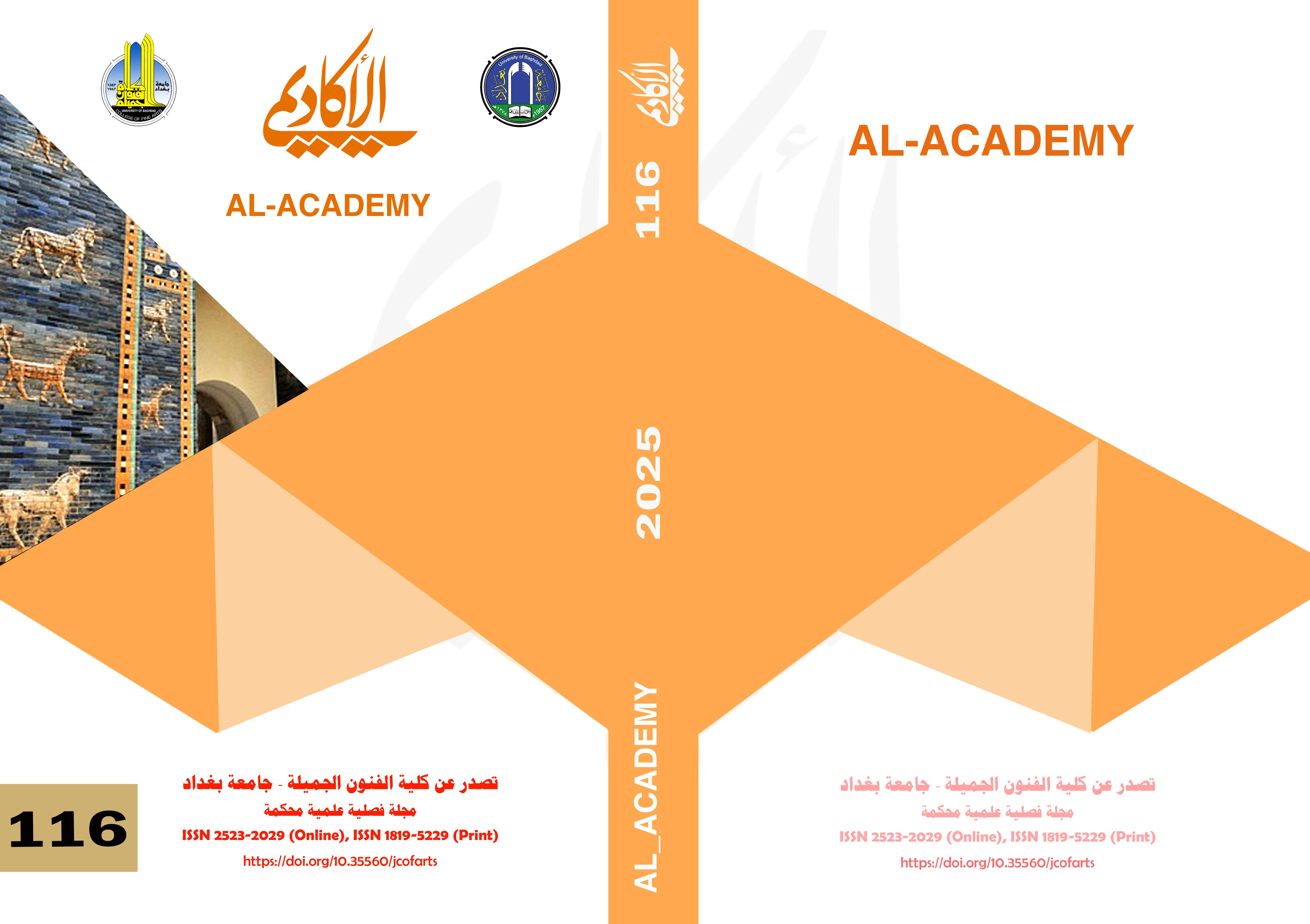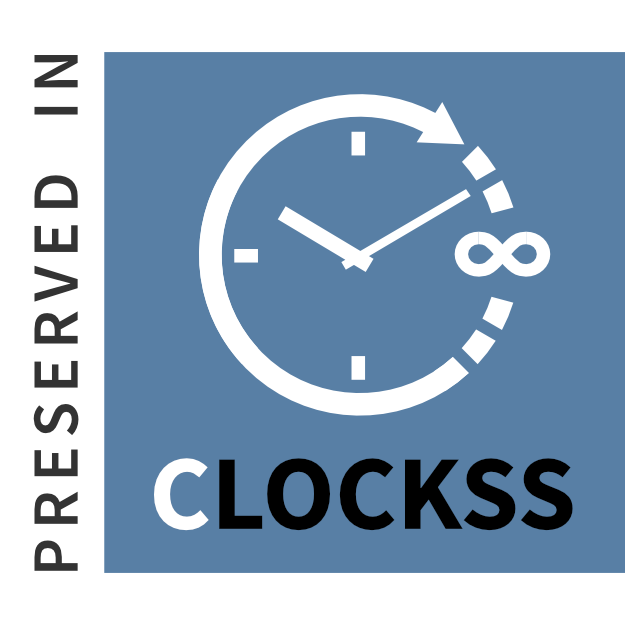Generative design and its role in developing the design of cans and packaging
DOI:
https://doi.org/10.35560/jcofarts1437Keywords:
generative design, boxes and packagingAbstract
In the current study (generative design and its role in developing the design of cans and packaging), the researcher studied generative design and its role in developing the field of can and packaging design, which saves the effort and time needed to develop it, by using the designer’s scientific abilities in directing those models and applications and using appropriate standards according to the scientific foundations studied from the inputs. Which contributes to enriching the design of these boxes and covers. To demonstrate this, the researcher experimented with working on the Midjournal generative intelligence design program, which is considered one of the most important generative design programs in designing packaging for perfumes from well-known brands. The researcher relied on the statistical approach in extracting sample results through... A questionnaire form through which the experience was evaluated.
References
Abbas, M. g., & Kadim, I. J. (2021). The role of sustainable To product stable architecture thought in times of crisis. fifth international scientific conference on environment and sustainable development,Istanbul,turkey.
Adeeb, H. (2017). Generative Design-New Phase in Architectural Design. Journal of Urban Research, Cairo University, Faculty of Urban and Regional Planning.
Al-Farhani, M. A. (2000). Packaging between Yesterday, Today and Tomorrow, 2nd ed. Cairo: Helwan University.
autres, P. e. (2000). marketing stratégie et pratique. paris, édition nathau.
Azab, M. A.-H. (2014). Improving the printing quality on jute material used in the field of packaging - Master's Thesis . Department of Printing, Publishing and Packaging - Faculty of Applied Arts - Helwan University.
Farahat, K. (2018). Civilizational Contributions, Algorithms,( musahamat hadariat , khawarizimiaat). Egypt, the Mathematical Scientist Muhammad Bin Musa Al-Khwarizmi, Youth Magazine.
Fasoulaki, E. (2008). Integrated Design -A Generative MultiPerformative Design Approach”, Master of Science in Architecture. Massachusetts Institute of Technology.
Gibson I, D. R., & Stucker, B. (2015). Manufacturing Techniques. New York.
Haapasalo, H. (2000). Creative computer aided architectural design An internal approach to the design process, Ph.D. Thesis. Faculty of Technology, University of Oulu.
Hegazy, H. H. (2005). Marketing, First Edition. Wafaa Publishing House, Alexandria.
Kowalski, J. (2016). CAD Is a Lie: Generative Design to the Rescue.
Kuo, L. C. (2021). Visual color research of packaging design using sensory factors. . Color research and aplication.
Liu, J. (2022). Packaging design based on deep learning and image enhancement. Computational Intelligence.
Murphy, G. (2004). The big book of concepts. MIT Press.
Oqiyat, S. (2021). Technology: A Kenyan Infrastructure for Dehumanization. New York, USA.
Oxman, R. (2006). Theory and design in the first digital age. Design Studies.
Philip, K., & Bernard, D. (2003). Marketing management, 11éme édition. Pearson éducation, Paris.
R, P. J. (2020). Generative Art: Algorithms as Artistic Tool. Calgary: Durvile.
Radhakrishnan, M. (2023). Is Midjourney-Ai the New Anti-Hero of Architectural Imagery &Creativity. Victoria University of Wellington.
Sultan, O. (2023). Application and Practical Use of Generative Artificial Intelligence. Office of the Minister of State for Digital Economy and Remote Work Applications, United Arab Emirates.
Thillaud, A. (1999). Emballage Magazine, No. 561. Paris, Mas.
Valicek J, H. M. (2017). Determining the yield on raw materials and bottom materials. Materials.
Verganti, R. V. (2021). Innovation and design in the age of artificial intelligence.
Wheeler, S. (2004). Planning for Sustainability. Taylor & Francis e-Library, New York ,USA.
Wylly, S. (2001). The Art and History of Weaving. Georgia College & State University.
Yu, P. S. (2021). Social image sentiment analysis by exploiting multimodal.
Yueyi, L. X. (2019). A Cost-Minimization Model to Optimal Packaging Size in. Proceedings of the Annual Meeting on Management Engineering.
Zong, H. (2011). Research on the specific application of computer aided technology to product packaging design.
Zylinska, J. (2020). AI Art - Machine Visions and Warped Dreams. London, UK: Open Humanities Press.
Downloads
Published
Issue
Section
License
Copyright (c) 2025 Suha Mahmoud Taha, Ali Ghazi Matar

This work is licensed under a Creative Commons Attribution 4.0 International License.













